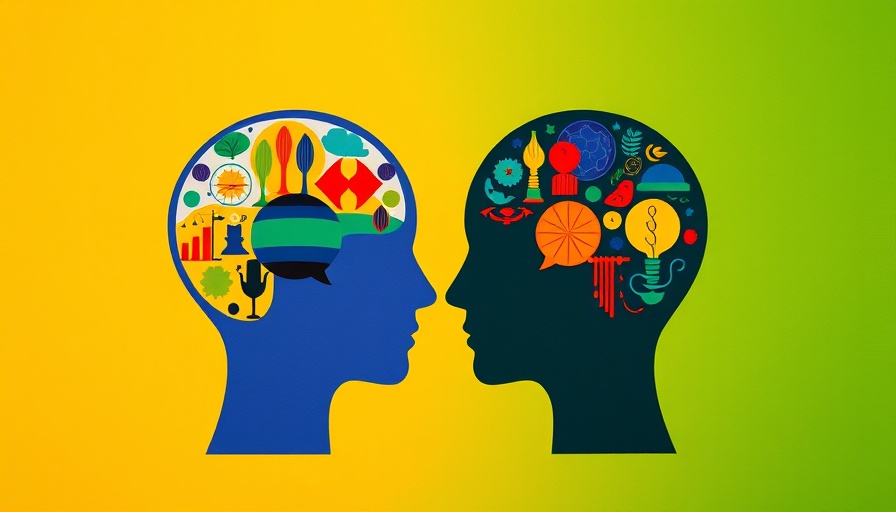
Understanding Neurodiversity and Mindfulness
In recent discussions around mindfulness and mental well-being, one important aspect gaining attention is neurodiversity. The term encompasses various cognitive variations, including autism, ADHD, and more. For neurodivergent individuals, traditional mindfulness practices may invoke unintended stress rather than providing relief. As one autistic woman expressed, focusing on her breath felt suffocating, highlighting how mindfulness techniques may not universally align with all brain types.
The Limitations of Mainstream Mindfulness Practices
Research indicates that many mindfulness approaches assume a standard neurotypical experience, leaving those with different neurological configurations feeling marginalized or unaccommodated. In fact, many individuals from neurodiverse backgrounds report unfavorable experiences with conventional mindfulness, leading to dropouts from these practices. The adverse effects intensify the urgency for inclusive mindfulness education that adapts to people's unique needs.
Creating Inclusive Mindfulness Strategies
Teaching mindfulness in a way that resonates with neurodiverse individuals requires understanding and adjustment. Mindfulness should be more than a series of exercises; it should embrace diverse experiences and cognitive styles. Techniques that are more sensory-friendly, like engaging with nature or using visual aids instead of auditory cues, may enhance accessibility and effectiveness.
Diverse Perspectives on Mindfulness
It’s crucial to invite diverse voices into the mindfulness conversation. This inclusivity will not only broaden the understanding of mindfulness but also challenge the traditional viewpoints that hold sway in mental health practices. Teachers and practitioners must seek feedback from neurodiverse individuals and modify their approaches accordingly.
Neurodiversity as a Unique Perspective on Mindfulness
Embracing neurodiversity equips everyone involved with a richer perspective on mindfulness. In her book, Jenna Nuremberg emphasizes the celebration of various brain makeups, enabling mindfulness practices to become more adaptable and accepting. Acknowledging this diversity could foster a more inclusive setting that nurtures well-being across all neurological variations.
Actionable Insights for Mindful Inclusivity
For practitioners and teachers, incorporating flexible methodologies is key. Instead of solely focusing on breath control or specific techniques, they might consider creating a toolbox of options, allowing individuals to choose what resonates best with them. Strategies such as movement, art, or guided imagery may prove effective for many neurodiverse participants.
Emphasizing Acceptance and Growth
When fostering mindfulness in neurodiverse communities, it’s vital to cultivate an environment that prioritizes acceptance and growth. Embedding principles of non-judgment and compassion within mindfulness teachings will help dismantle barriers and inspire individuals to engage in practices that feel authentic and valuable to them.
Ultimately, mindfulness is not a one-size-fits-all solution. It is crucial for both teachers and students to explore and discover what truly aids their well-being. As the conversation around inclusivity in mindfulness practices continues to evolve, there is a wealth of opportunity to champion neurodiversity while also enriching the broader mindfulness landscape. By recognizing and embracing the differences in our thinking and sensing, we elevate the practice of mindfulness itself.
Join the movement towards mindful inclusivity today! By learning more about diverse practices and adapting them to your own needs, you can contribute to a community that celebrates all individuals. Let's redefine mindfulness to honor every unique brain.
 Add Row
Add Row  Add
Add 




Write A Comment